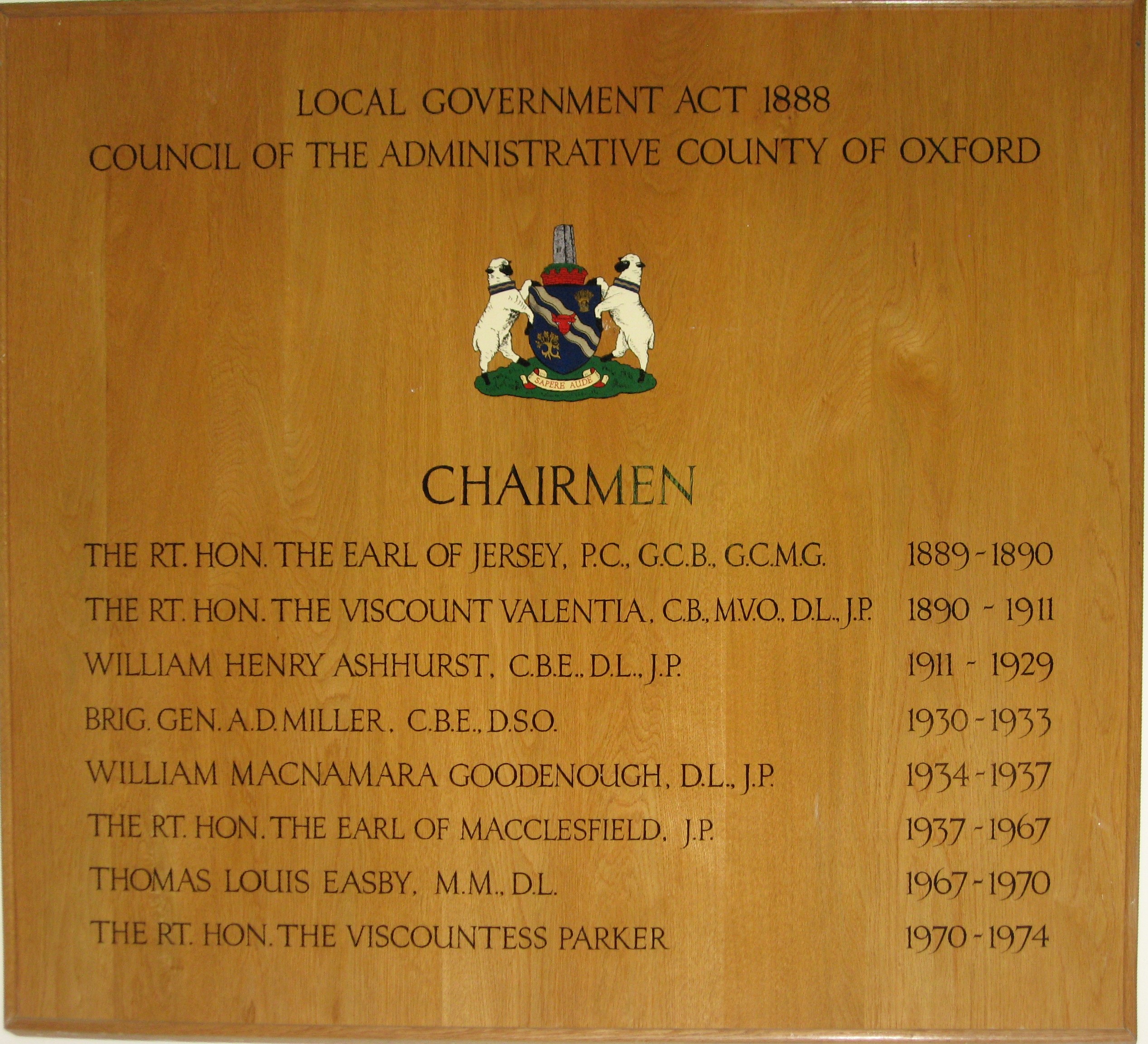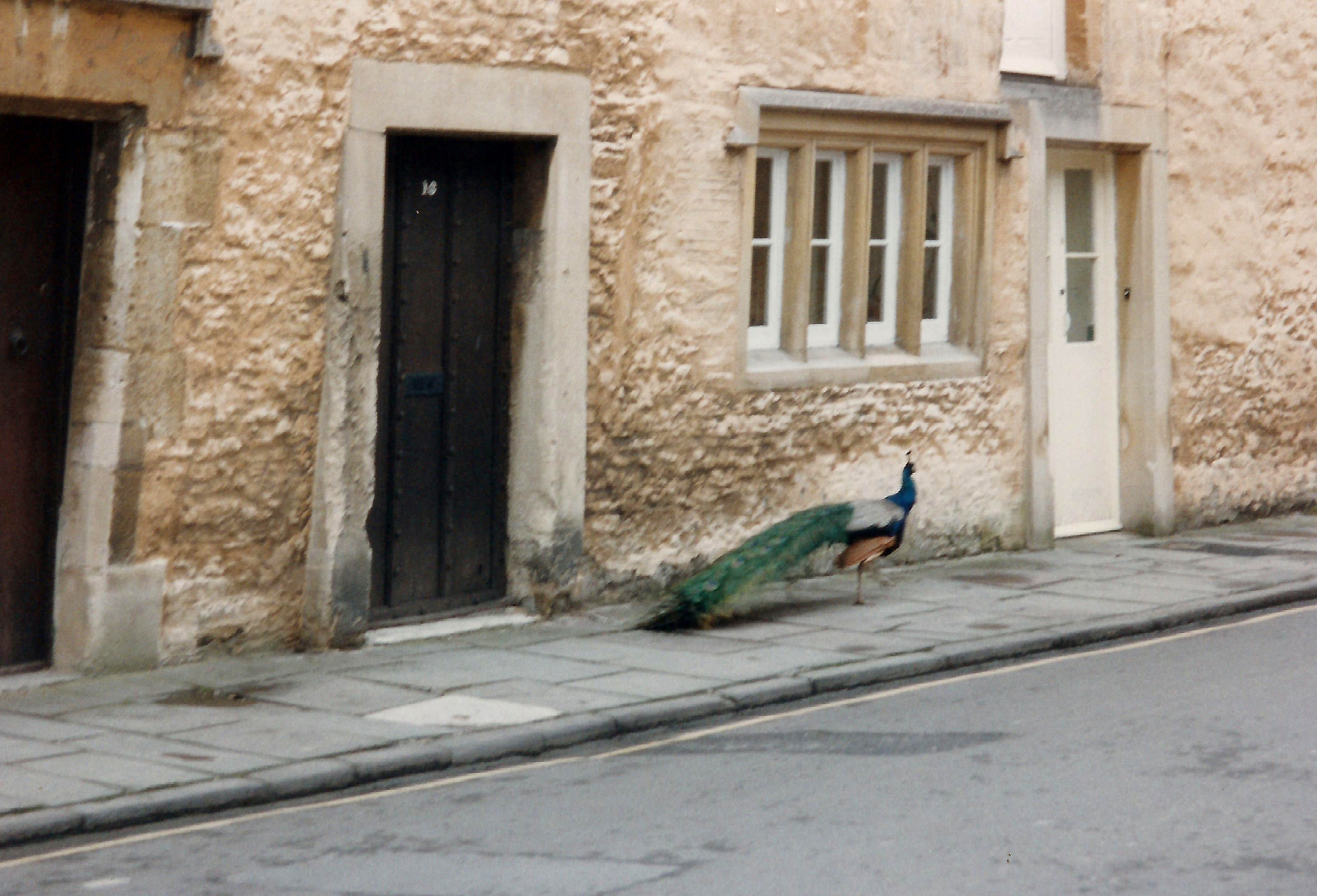|
Wantage Road Railway Station
Wantage Road railway station was a railway station on the Great Western Main Line in the Vale of White Horse district in Oxfordshire. The station was actually at the village of Grove, Oxfordshire (then part of Berkshire), more than two miles north of Wantage. The station closed in December 1964 as part of the Beeching cuts. History Wantage Road station was opened in 1846, six years after the section of the GWR main line that served it. In 1873 the independent Wantage Tramway was formed to link Wantage Road station with its terminus at Mill Street, Wantage; it was built parallel to what was then the Besselsleigh Turnpike (now the A338). This short line was opened for goods on 1 October 1875, and to passengers on 11 October. The tramway junction was to the east of Wantage Road station; interchange passengers walked under the bridge to reach the tramway yard, where the westernmost siding (parallel to the road) was reserved for passenger tramcars. The tramway closed to passeng ... [...More Info...] [...Related Items...] OR: [Wikipedia] [Google] [Baidu] |
Grove, Oxfordshire
Grove is a village and civil parish in the ceremonial county of Oxfordshire, England. Historically, part of Berkshire, it has been administered as part of the Vale of White Horse district of Oxfordshire since 1974. The village is on Letcombe Brook, about north of Wantage and south-west of Oxford. The 2011 Census recorded the parish's population as 7,178. It is also home to Formula One constructor Williams Racing. History In 1622 Thomas Grove had a watermill at Grove. Grove Farmhouse is dated 1684. It is a chequer brick building of three bays and its doorway has bolection moulding. The common lands of Wantage and Grove were enclosed by an Act of Parliament passed in 1803. The land awards under the Act seem to have been made in 1806. In 1770 the turnpike road was built as a more direct route between Wantage and Oxford. Between 1796 and 1810 the Wilts & Berks Canal was built. Its main route passed through the village and a branch of the canal was built between Grove and Want ... [...More Info...] [...Related Items...] OR: [Wikipedia] [Google] [Baidu] |
Oxfordshire County Council
Oxfordshire County Council is the county council (upper-tier local authority) for the non-metropolitan county of Oxfordshire in the South East of England. It is an elected body responsible for some local government services in the county, including education (schools, libraries and youth services), social services, public health, highway maintenance, waste disposal, emergency planning, consumer protection and town and country planning for matters to do with minerals, waste, highways and education. It is one of the largest employers in Oxfordshire and has a gross expenditure budget of £856.2 million for the 2021–22 financial year. History County councils were first introduced in England and Wales with full powers from 22 September 1889 as a result of the Local Government Act 1888, taking over administrative functions until then carried out by the unelected quarter sessions. The areas they covered were termed administrative counties and were not in all cases identical to the tr ... [...More Info...] [...Related Items...] OR: [Wikipedia] [Google] [Baidu] |
Wantage Railway Station
Wantage railway station is a closed stone and brick built station located on Mill Street, Wantage in Oxfordshire on the Wantage Tramway The Wantage Tramway Company was a two-mile tramway that carried passengers and freight between the Oxfordshire town of Wantage and Wantage Road Station on the Great Western Main Line in England. Formed in 1873 to link Wantage Road station with ... line. The station closed fully in 1945 when Wantage Tramway ceased operations. History Formed in 1873 to link Wantage Road station with its terminus at Wantage the line was cheaply built parallel to what was then the ''Besselsleigh Turnpike'', and now the A338. The line was opened for goods on 1 October 1875, and to passengers on 11 October. The tramway junction was to the east of Wantage Road station; interchange passengers walked under the bridge to reach the tramway yard, where the westernmost siding (parallel to the road) was reserved for passenger tramcars. For most of its operation the ... [...More Info...] [...Related Items...] OR: [Wikipedia] [Google] [Baidu] |
Challow Railway Station
Challow railway station is a former railway station about south of Stanford in the Vale on the A417 road between Wantage and Faringdon. It is named after the villages of West Challow and East Challow, which are and southeast of the former station. History When the Great Western Railway extended its main line from through the Vale of White Horse in 1840 it opened the station as Faringdon Road station. After the Faringdon Railway between and opened in 1864, the GWR renamed Faringdon Road "Challow" to avoid confusion. The main station buildings and goods yard were on the up side of the line. A loading dock was provided. The line was originally double track. In 1932, the line was quadrupled between Challow and . The 1840-built timber station building on the up side was demolished, replaced by a new brick building. The 1873-built signal box on the down side of the line was also demolished and replaced by a new building. The down side platform was demolished and rebuilt to ... [...More Info...] [...Related Items...] OR: [Wikipedia] [Google] [Baidu] |
Steventon Railway Station
Steventon railway station was built when the Great Western Railway extended their main line from Reading to the village of Steventon, opening the line on 1 June 1840. Two months later, on 20 July, it was extended to Faringdon Road, and in December of that year, to Swindon. Station for Oxford For four years stagecoaches transported passengers between Steventon and Oxford, until 1844 when a branch was built to the city from Didcot; despite this, mail trains from the West continued to call at Steventon, rather than Didcot, in order to drop off mails for Oxford – this practice did not end until March 1962. On 7 December 1964 British Railways withdrew passenger services from Steventon and all other intermediate stations between Didcot and Swindon. The station was demolished soon after closure and there is no evidence remaining, except for a house used briefly as the company headquarters of the Great Western Railway which still stands on the "up" (north) side of the line (see nex ... [...More Info...] [...Related Items...] OR: [Wikipedia] [Google] [Baidu] |
Williams Grand Prix Engineering
Williams Grand Prix Engineering Limited, currently racing in Formula One as Williams Racing, is a British Formula One motor racing team and constructor. It was founded by former team owner Frank Williams and automotive engineer Patrick Head. The team was formed in after Frank Williams' earlier unsuccessful F1 operation: Frank Williams Racing Cars (which later became Wolf–Williams Racing in 1976). All of Williams F1 chassis are called "FW" then a number, the FW being the initials of team co-founder and original owner, Frank Williams. The team's first race was the 1977 Spanish Grand Prix, where the new team ran a March chassis for Patrick Nève. Williams started manufacturing its own cars the following year, and Switzerland's Clay Regazzoni won Williams' first race at the 1979 British Grand Prix. At the 1997 British Grand Prix, Canadian Jacques Villeneuve scored the team's 100th race victory, making Williams one of only four teams in Formula One, alongside Ferrari, fell ... [...More Info...] [...Related Items...] OR: [Wikipedia] [Google] [Baidu] |
East West Rail
East West Rail is a major project to establish a strategic railway connecting East Anglia with Central, Southern and Western England. In particular, it plans to build (or rebuild) a line linking Oxford and Cambridge via Bicester, Milton Keynes (at Bletchley) and Bedford, largely using the trackbed of the former Varsity Line. Thus it provides a route between any or all of the Great Western, Chiltern, West Coast, Midland, East Coast, West Anglia, Great Eastern and the Cotswold main lines, avoiding London. The new line will provide a route for potential new services between and Ipswich or Norwich via , and , using existing onward lines. The government-approved the western section (from Oxford to Bedford) in November 2011, with completion of this section expected by 2025. , the company aims to complete the central section by "the mid 2020s". , electrification of the line is not planned, but the 2019 decision (to rule it out) is under review. The plan is divided into three s ... [...More Info...] [...Related Items...] OR: [Wikipedia] [Google] [Baidu] |
Cambridge
Cambridge ( ) is a university city and the county town in Cambridgeshire, England. It is located on the River Cam approximately north of London. As of the 2021 United Kingdom census, the population of Cambridge was 145,700. Cambridge became an important trading centre during the Roman and Viking ages, and there is archaeological evidence of settlement in the area as early as the Bronze Age. The first town charters were granted in the 12th century, although modern city status was not officially conferred until 1951. The city is most famous as the home of the University of Cambridge, which was founded in 1209 and consistently ranks among the best universities in the world. The buildings of the university include King's College Chapel, Cavendish Laboratory, and the Cambridge University Library, one of the largest legal deposit libraries in the world. The city's skyline is dominated by several college buildings, along with the spire of the Our Lady and the English Martyrs ... [...More Info...] [...Related Items...] OR: [Wikipedia] [Google] [Baidu] |
Milton Keynes
Milton Keynes ( ) is a city and the largest settlement in Buckinghamshire, England, about north-west of London. At the 2021 Census, the population of its urban area was over . The River Great Ouse forms its northern boundary; a tributary, the River Ouzel, meanders through its linear parks and balancing lakes. Approximately 25% of the urban area is parkland or woodland and includes two Sites of Special Scientific Interest (SSSIs). In the 1960s, the UK government decided that a further generation of new towns in the South East of England was needed to relieve housing congestion in London. This new town (in planning documents, 'new city'), Milton Keynes, was to be the biggest yet, with a target population of 250,000 and a 'designated area' of about . At designation, its area incorporated the existing towns of Bletchley, Fenny Stratford, Wolverton and Stony Stratford, along with another fifteen villages and farmland in between. These settlements had an extensive historical ... [...More Info...] [...Related Items...] OR: [Wikipedia] [Google] [Baidu] |
Royal Wootton Bassett
Royal Wootton Bassett , formerly Wootton Bassett, is a market town and civil parish in Wiltshire, England, with a population of 11,043 in 2001, increasing to 11,385 in 2011. Situated in the north of the county, it lies to the west of the major town of Swindon and northeast of Calne. From 1447 until 1832 Wootton Bassett was a parliamentary borough which elected two Members of Parliament (MPs) to the House of Commons. In 1832 it was deemed a rotten borough and abolished by the Great Reform Act. The town was granted royal patronage in March 2011 by Elizabeth II in recognition of its role in the early-21st-century military funeral repatriations, which passed through the town. This honour was officially conferred in a ceremony on 16 October 2011 – the first royal patronage to be conferred upon a town (as distinguished from a borough or county) since 1909. History Wodeton settlement AD 681 is usually taken as the starting point for recorded history of Wootton Bassett, then k ... [...More Info...] [...Related Items...] OR: [Wikipedia] [Google] [Baidu] |
Corsham
Corsham is a historic market town and civil parish in west Wiltshire, England. It is at the south-eastern edge of the Cotswolds, just off the A4 national route, southwest of Swindon, southeast of Bristol, northeast of Bath and southwest of Chippenham. Historically, Corsham was a centre for agriculture and later, the wool industry, and remains a focus for quarrying Bath Stone. It has several notable historic buildings; among them the stately home of Corsham Court. During the Second World War and the Cold War it became a major administrative and manufacturing centre for the Ministry of Defence, with numerous establishments both above ground and in disused quarry tunnels. The parish includes the villages of Gastard and Neston, which is at the gates of the Neston Park estate. History Corsham appears to derive its name from ''Cosa's hām'', "ham" being Old English for homestead, or village. The town is referred in the Domesday book as ''Cosseham''; the letter 'R' appears t ... [...More Info...] [...Related Items...] OR: [Wikipedia] [Google] [Baidu] |









